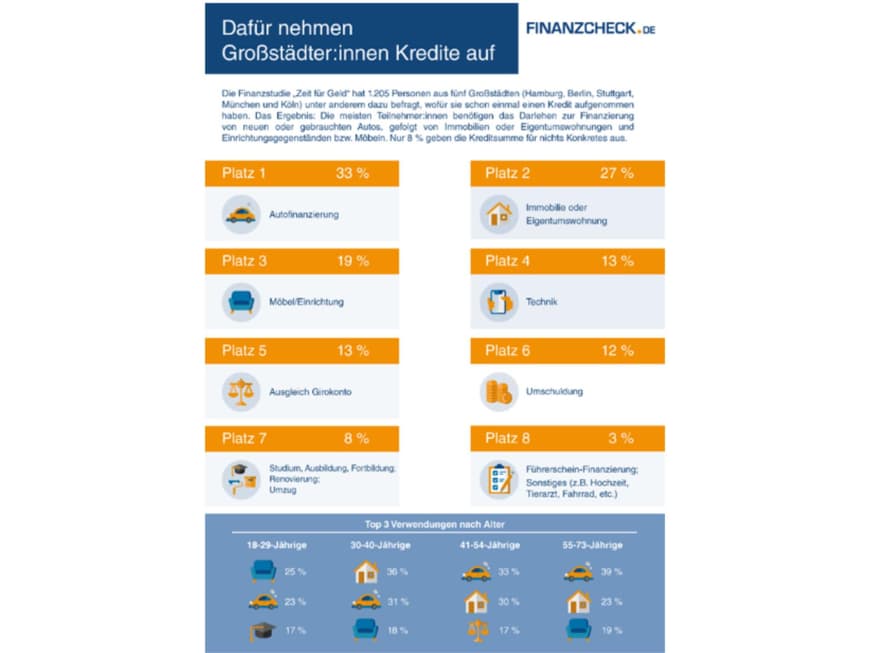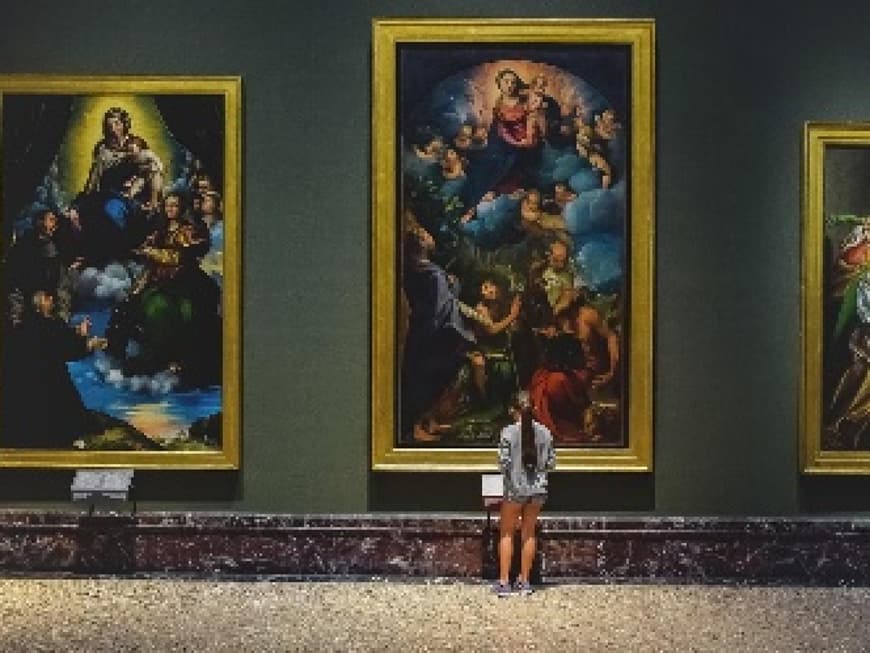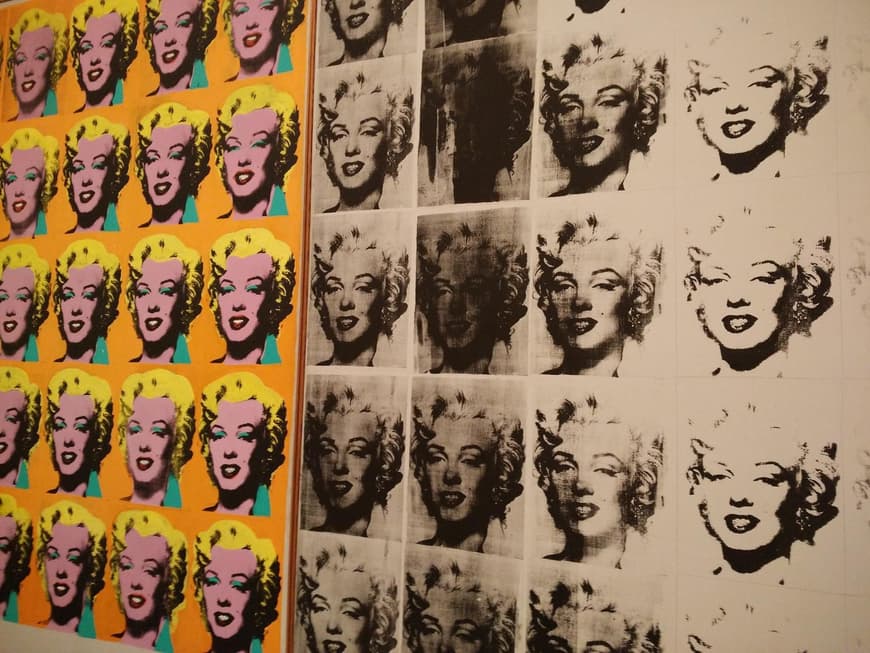Sometimes works of art achieve enormous prices at auction, for example a work by Andy Warhol that fetched a price of 185 million US dollars in 2022. Or the Da Vinci, which sold for 450 million US dollars in 2017. The sellers usually make fantastic returns. However, such enormous prices are the exception rather than the rule on the art market. Art can be very lucrative as an investment, but investors should be familiar with the field or at least seek good advice.

What is so special about art as an investment?
Art always has added value for the owner. They can enjoy it. Art collectors in particular very often have a relationship with their collectibles. This is not the case with an investment in a fund or shares. For many collectors, the social aspect also plays an important role. Art lovers meet in galleries, museums, exhibitions, at the opening of trade fairs or at biennials all over the world. There are now also many opportunities to share and exhibit your collection online, for example many artists can now be seen exclusively on Instagram. This platform has become an important marketing platform.
It is important for buyers to obtain detailed information about the artwork in advance, for example about its condition. The provenance should always be clear and beyond doubt, otherwise newcomers in particular run the risk of buying a fake. Although an expert's opinion provides a certain degree of certainty, it is not always conclusive. It always depends on who the expert is.
Financing the art
Of course, it is best if you can finance the art yourself. But sometimes a special work by a young, up-and-coming artist can be found at a good price that exceeds your own budget. Then it is worth considering financing the purchase price with a loan. Most people tend to use loans to finance a car, home ownership or furniture. But travel, a driving license or education and training are also reasons for a loan. Art as an investment has two advantages. Buyers can hang the artwork, which they probably like anyway, in their living room at home and enjoy it every day. Secondly, the artwork represents an equivalent value which, with a little patience, will increase in value, so that when it is sold, a return is generated that far exceeds the interest on the loan.
What options are there for an art investment?
Anyone who has chosen art as an alternative investment has several options for entering the market.
Investors can purchase a work of art directly from galleries or at an auction, where the works are also physically on display. The artwork can also be stored there for several years or even decades until it is put up for sale again. However, this option is for art connoisseurs who have a certain level of market expertise. They know the current market situation and have background knowledge of the artist and the artwork. In addition, buyers must protect themselves against forgeries, take out appropriate insurance for the artwork and pay for storage after the purchase.
Another option is to purchase works of art in shares. This is a particularly good way for anyone to enter the art market without much prior knowledge. You benefit from the expertise of trained specialists. There is no problem of having to store the artwork and, thanks to the experts, investors are also relatively safe from forgeries. The shares can also be resold easily and flexibly.
What should newcomers to the art market bear in mind?
If you have no experience of the art market, you won't really know which direction your collection should take. Beginner fairs can be a good help here. There are also no specific guidelines for investing in art. For example, if you focus on young artists such as the designer Meredith Wing, you can make a good investment from around 5,000 euros with a little luck. It is important that the works are not sold immediately. It always takes a little time on the art market.
Online auctions, which many auction houses hold regularly, are another way of looking for affordable works of art. With editions and prints, beginners can acquire works by renowned artists for sums in the high three-digit range.
Art funds are another way of investing in art with a small budget. The concept of "Fractual Ownership" is at least as interesting. Here, several collectors own a single work of art. Each collector owns a certain share and the collectors decide together what happens to the artwork. The collectors have a direct relationship with the artwork and more decision-making powers.
NFTs are completely new to the art market
Non-fungible tokens also represent a completely new approach. These works of art, known as NFTs for short, are available in digital form. They are, for example, gifs or videos that are backed with an NFT certificate, i.e. a digital certificate of authenticity. The purpose of this is to identify the digital artwork as unique. This is because digital files can be copied an infinite number of times. However, the certificate can only be assigned to the original. Recently, NFTs have also become available at traditional auction houses such as Christies. The artist Beeple achieved almost 70 million dollars with an NFT. Opinions differ widely as to whether an investment in NFTs is really worthwhile. The extent to which investments there are really worthwhile remains to be seen.
Which works of art are worth investing in?
The extent to which a work of art is a suitable investment depends primarily on the popularity of the artist. Three categories can be distinguished:

Old Masters
Old Masters are the famous artists from the 14th to 18th centuries. They include Rembrandt, Van Gogh, Michelangelo and Leonardo Da Vinci. These works of art are very rare and the most expensive in the world. They are usually owned by institutions, such as museums or galleries, or they belong to a wealthy collector.
Emerging artists
Young, up-and-coming artists sell their works for a fraction of the price of an old master. Investors are betting that the artist will be successful one day. If this actually happens, high returns can sometimes be expected on resale. However, there is a very high risk that this will not happen. Such an investment is speculative.
Blue chip artists
Blue chips are standard stocks in share trading. In terms of the art market, they are established artists with a high level of recognition who exhibit their works in renowned museums and regularly change hands at high prices. They include Keith Haring, Pablo Picasso and Andy Warhol. The artworks are significantly more expensive, but have a much lower risk compared to an up-and-coming artist.


